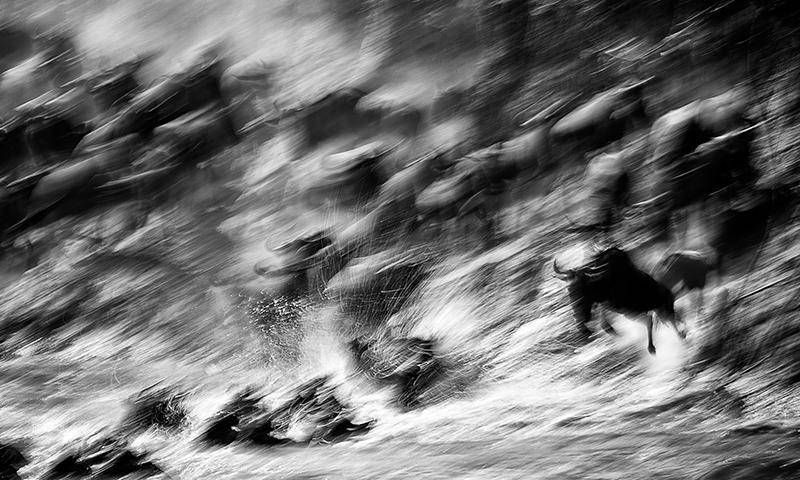Sugarless Wildlife Photography
Good wildlife photography used to be rare. Years ago when we found good images we were like kids discovering the secrets of sugar. We would salivate through magazines like National Geographic and metaphorically lick the sweet animal images off every page.
Now as we flip through Facebook, candy shops full of lollipop images bombard us, begging to be licked and liked. Yet we flip past them ...
black & white shades
"...I find myself experiencing nature in a more personal way, and that has changed my perspective of black-and-white nature photography." - Heinrich van den Berg
FEATURED ART BOOK
Unblurring my Macroscopic Heart
I grew up with a family of macro gear in my camera bag. The dad was the 180mm Canon macro lens and his beautiful wife the 100mm f2,8 macro. But over time they bred in the darkness of my camera bag and before I knew it, I had to drag not only them but all their offspring along on every trip. These included flashes, reflectors, flash cables, soft boxes, a home-made macro contraption, diffusers the size of tents, and tripods that were far too heavy for the purpose.
FEATURED ANIMAL
Zebra
Zebras fight for shelf space, for the honour of stamping their barcodes onto the herd.
PHOTO TIP
Capturing Clouds
Lens: Medium telephoto lens.
Settings: Medium aperture. Low ISO.
How: If you see a potential scene, shoot it. Make sure you have the basic settings on your camera correct, but don’t over think it. The most important part of black-and-white photography is not your camera settings, but identifying a scene that will work in black-and-white.
ART IMAGE
From Art of Nature
An aloe ignited the crimson-breasted shrike. The dull and the desperate will walk through flames, hoping to catch fire.

